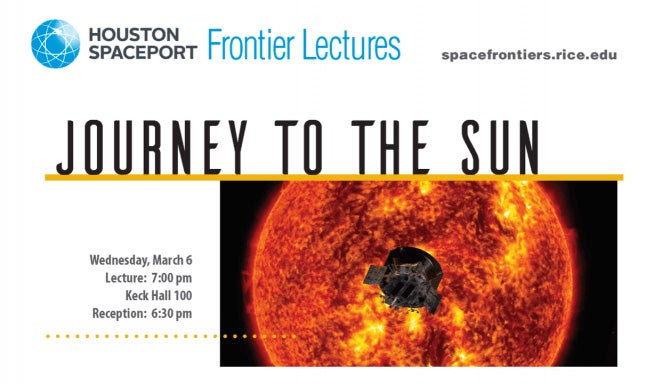Journey to the Sun - Nicky Fox
NASA heliophysics research studies a vast system stretching from the Sun to Earth to far beyond the edge of the planets. Studying this system - much of it driven by the Sun's constant outpouring of solar wind - not only helps us understand fundamental information about how the universe works, but also helps protect our technology and astronauts in space. NASA seeks knowledge of near-Earth space, because - when extreme - space weather can interfere with our communications, satellites, and power grids. The study of the Sun and space can also teach us more about how stars contribute to the habitability of planets throughout the universe. Mapping out this interconnected system requires a holistic study of the Sun's influence on space, Earth and other planets. NASA has a fleet of spacecraft strategically placed throughout our heliosphere - from Parker Solar Probe at the Sun observing the very start of the solar wind, to satellites around Earth, to the farthest human-made object, Voyager, which is sending back observations of interstellar space. Each mission is positioned at a critical, well-thought out vantage point to observe and understand the flow of energy and particles throughout the solar system - all helping us untangle the effects of the star we live with.
Poster

